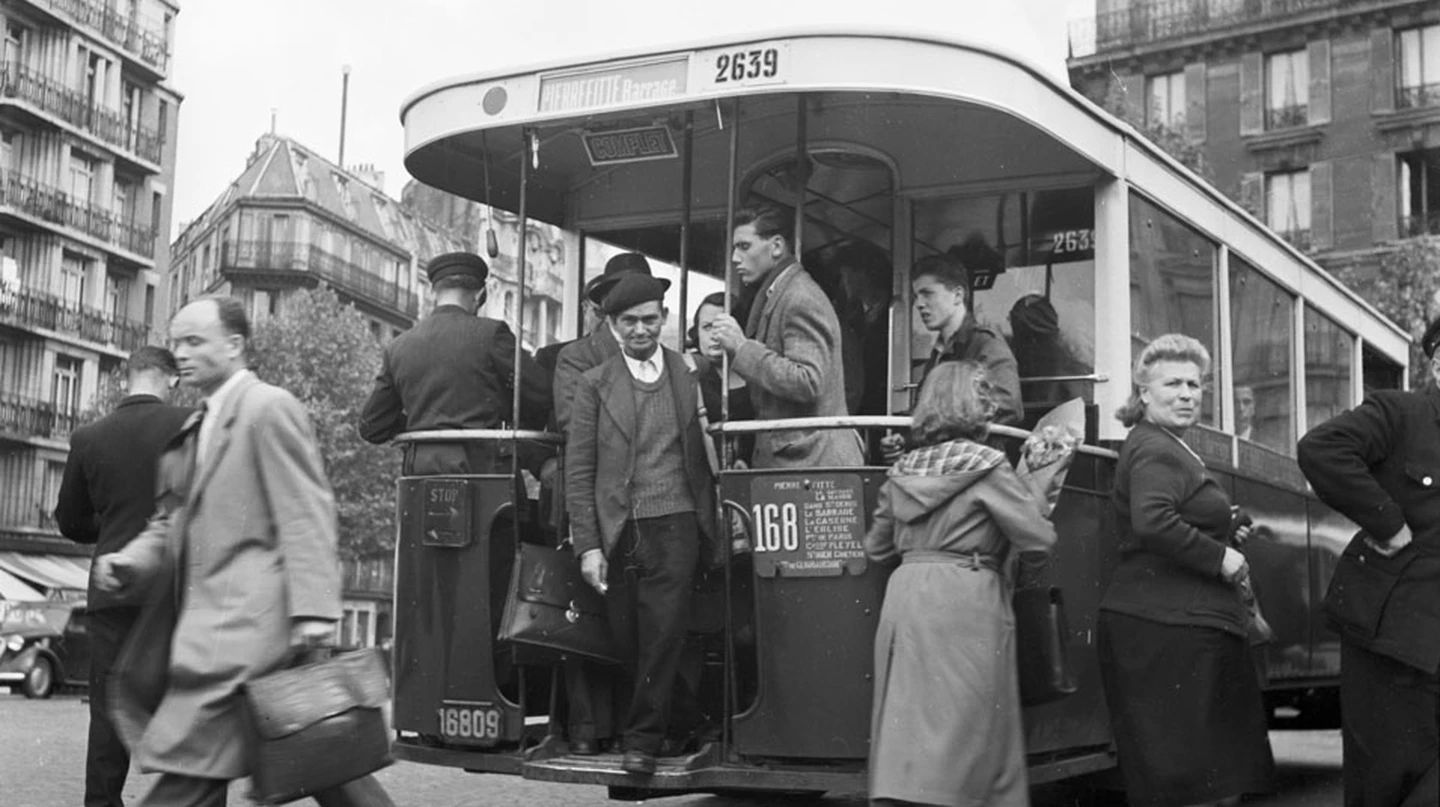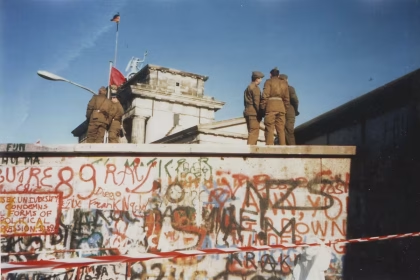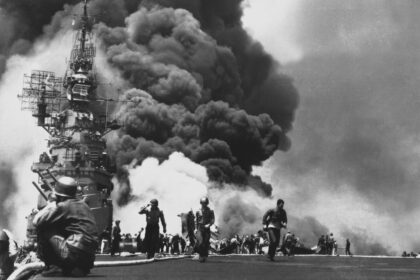Meeting from July 17 to August 2, 1945, the Potsdam Conference was an attempt by the United States, the Soviet Union, and the United Kingdom to negotiate Germany’s postwar fate. Veterans of past inter-allied conferences, such as Joseph Stalin and Winston Churchill, returned, while Harry Truman stepped in for Franklin Delano Roosevelt after his death on April 12. However, the incoming American president and the Soviet leader were going to have the most pressing differences. Despite the fact that the Red Army controlled much of Central Europe, Truman had a significant edge because of the atomic bomb explosion the day before.
As the February 1945 conference at Yalta (Yalta Conference) progressed, Stalin seemed to be in control. While Roosevelt was relatively weak, he had already committed to several Soviet positions, and the Red Army seemed to be winning the race for Berlin. Churchill had serious concerns, but the American president held out hope that the Soviet state would eventually become more democratic. In addition, Roosevelt expected the future United Nations to limit any communist expansionism that could occur. His successor, Truman, would attempt to control the resulting compromises at Potsdam due to these events.
Organizing the post-war world
The Big Three’s first order of business at Potsdam was to discuss Germany’s potential postwar trajectory. The immediate goal for the Allies was to demilitarize Germany, which entailed destroying its military-industrial complex if necessary. Poland benefited greatly from the division of Austria into four occupation zones (American, British, French, and Soviet), which reduced Austria’s western boundary along the Oder Neisse line (which the Soviet Union had amputated from its eastern part). Large-scale migrations of people also occurred as a result of these territorial shifts; in particular, 11 million Germans were forced to leave the eastern areas.
The Nuremberg Trials were the apex of the Big Three’s commitment to a forceful campaign of denazification and the prosecution of war criminals inside the new Germany. Both the governmental and economic systems would be decentralized. In addition to disarmament, these four measures insured that the Allies would never again tolerate Germany as a military force.
The situation in Japan was also a key topic of discussion at the meeting. Though at war with the Western Allies since December 1941, the Empire of the Rising Sun held out hope that a negotiated end to the battle might be reached, particularly with the help of the then-neutral Soviets in Asia. The Japanese government was in the dark about Stalin’s decision to join the war on the side of the Americans at Yalta. To take on the wealthy regions of Manchuria and northern Korea, the Soviet Union assembled a formidable military force in the Soviet Far East.
The possibility was raising alarms in the nation’s capital. The Americans planned to maintain control of East Asia even if the defeat of Japan was certain (particularly in light of potential further atomic strikes). In particular, they were worried that Moscow might intervene on behalf of the Chinese Communists, whose ceasefire with Chiang Kai-shek’s Nationalists was tenuous at best.
However, on July 26, the Big Three sent Japan an ultimatum demanding unconditional surrender or immediate annihilation. Despite being left out of the ultimatum’s language, the atomic bomb hangs heavy over ties between the USSR and the USA. Stalin would soon have to catch up with the Americans.
From the Potsdam Conference to the Cold War
Even while ties between the US and USSR were publicly friendly, they were not as open as they were at Yalta. Truman, although being a foreign policy amateur, did not share Roosevelt’s optimism towards Stalin.
The decline of the United Kingdom was another indicator of a new order in international affairs. When Churchill left, Clement Attlee, the leader of the Labour Party, took over the conference. The latter group triumphed in the first national election since 1935. The United Kingdom seemed to be demoted after Churchill’s departure. In recent years, London had begun to focus on the difficulties associated with economic and social modernization and decolonization. A long period of British colonial expansion finally came to an end.
After the conference’s final declaration on August 2, 1945, World War II officially came to an end. The tragedy of Japan and the dismemberment of Germany were signs of the impending Cold War.
Bibliography:
- Gormly, James L. From Potsdam to the Cold War: Big Three Diplomacy, 1945–1947. (Scholarly Resources, 1990)
- Lewkowicz, Nicolas, The German Question and the International Order, 1943-1948. Palgrave, 2010. ISBN 978-1349320356
- Mee, Charles L., Jr. Meeting at Potsdam. M. Evans & Company, 1975. ISBN 0871311674
- The Tehran, Yalta & Potsdam Conferences. Documents. Moscow: Progress Publishers. 1969.
- Harriman, W. Averell, and Elie Abel, Special Envoy to Churchill and Stalin, 1941-1946 (1975)






